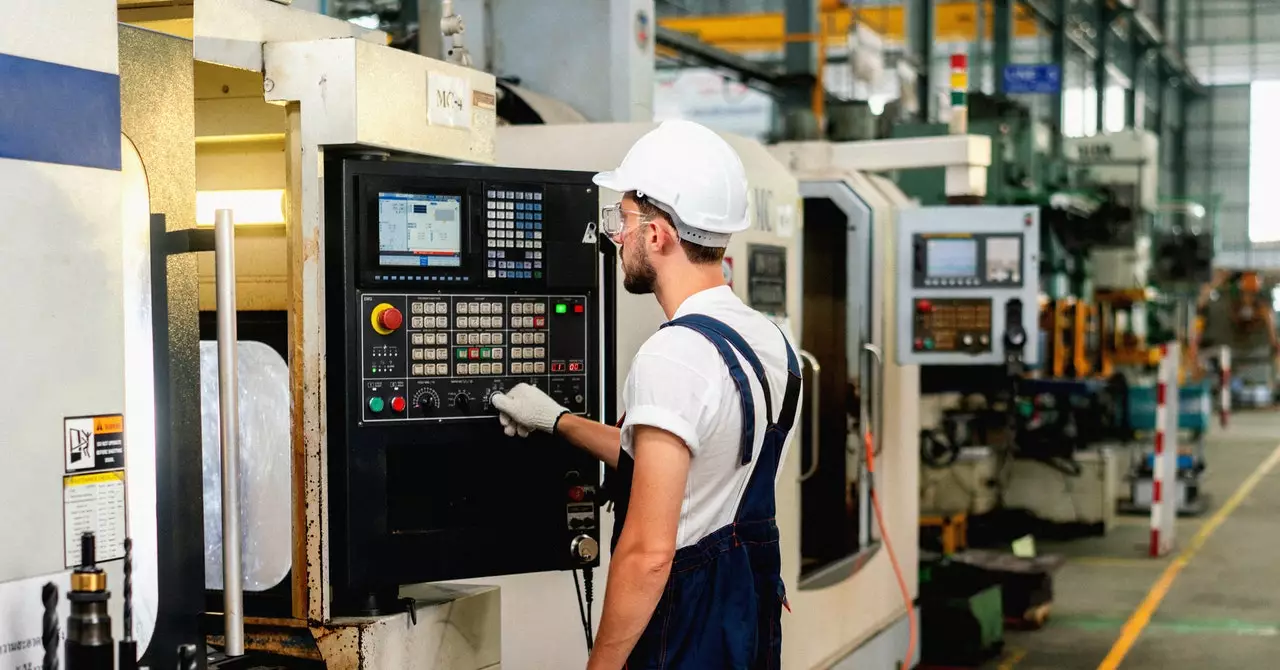In the realm of manufacturing, few processes have remained as steadfast as the grinding of steel ball bearings. Despite the fundamental mechanics behind this task having been established over a century ago, the integration of modern technology into surrounding operations has transformed the industry landscape dramatically. This article explores the intricate process of producing ball bearings, the challenges presented in quality assurance, and the innovative solutions technology has provided to enhance manufacturing efficiency.
The traditional method of grinding ball bearings has withstood the test of time, with roots tracing back to the early 1900s. Nonetheless, the supporting infrastructure around this process has experienced significant advancements, particularly in automation. The implementation of conveyor belts and mechanized systems has predominantly streamlined production lines, transitioning from manual to largely automated workflows. As machinery improves, the role of human operators is evolving; while manual oversight is still necessary, the focus now shifts towards monitoring for potential faults and malfunctions within the process. However, the rise of artificial intelligence (AI) suggests that this aspect too may increasingly be managed by technology in the near future.
The Complex Journey from Metal to Precision Ball Bearings
In modern manufacturing, the production of steel ball bearings begins with raw steel wire, which undergoes a process of cutting and molding into rough spherical shapes. These initial forms are subjected to high-temperature furnaces for a hardening process, ensuring they can withstand the demands of modern machinery. The bearings are then precision-ground through a series of three specialized grinding machines, which refine them to a near-perfect spherical shape with tolerances of just a tenth of a micron. This meticulous attention to detail results in essential components found in various applications, from automotive engines to sophisticated industrial machinery.
Yet, the precise manufacturing of these bearings is under constant scrutiny. Quality control is paramount, requiring ongoing testing throughout production. When defects arise, the challenge lies in identifying the root cause. Possible culprits might include inconsistencies in tools or equipment malfunctions, but tracking such issues often reveals a complex web of interrelated factors needing exploration across multiple machines and systems.
Recent advancements in artificial intelligence, particularly through platforms like Microsoft’s Factory Operations Agent, are driving a revolution in how manufacturers address quality assurance. Schaeffler’s Hamburg facility has taken the lead in adopting this technology, enabling operators to utilize AI-driven analytics to pinpoint the origins of production defects, equipment downtimes, or excessive energy usage. This innovative approach resembles the functionalities of a conversational AI, akin to ChatGPT, but tailored for industrial applications.
The key to the Factory Operations Agent’s effectiveness lies in its ability to parse vast datasets generated throughout the manufacturing process. When a worker poses a question regarding increased defect rates, the system dives into the existing data and delivers precise insights. As Kathleen Mitford, Microsoft’s corporate vice president for global industry marketing, articulates, the technology functions as a “reasoning agent” capable of interpreting queries and translating them into actionable data metrics.
Schaeffler’s software integration within Microsoft’s broader enterprise ecosystem—specifically tools like Microsoft Fabric—enhances the utility of this AI agent. By tapping into information generated across hundreds of global facilities, the effectiveness and scope of the analysis become significantly more robust. According to Stefan Soutschek, Schaeffler’s vice president of IT, the merger of operational technology with advanced data capabilities marks a substantial shift in how industries approach problem-solving.
The Future: Data-driven Insights without Autonomous Decision-making
It’s crucial to recognize that the Factory Operations Agent, despite its advanced capabilities, does not embody agentic AI. Its function is not to replace human intuition or make independent decisions. Rather, it serves as a sophisticated data access tool designed to enhance operational efficiency by providing insights on demand. While there are capabilities for executing basic commands, the inherent goal remains assisting operators in harnessing data that would otherwise be painstakingly difficult to navigate.
As the manufacturing sector continues to evolve, the integration of AI and advanced data analytics will likely become synonymous with successful quality control management. The traditional art of ball bearing production can be anticipated to undergo further transformations, enabling manufacturers to meet the high demands of precision without sacrificing the operational integrity necessary for sustainable growth.


Leave a Reply